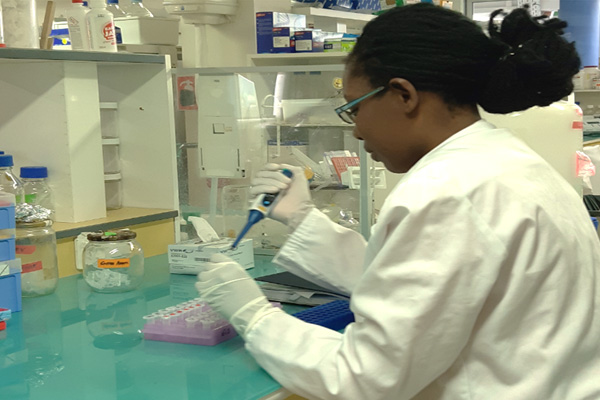The overuse of antibiotics in animals as a growth-promoting agent and the emergence of bacterial multi-resistance become a concern. The aim of this study was to detect the antimicrobial resistance potential of virulent P. aeruginosa isolated from animal products. A total of 153 strains of P. aeruginosa multidrug-resistant (PAMDR) were isolated from bovine meat (93), fresh fish (36), and smoked fish (24). API20NE methods, susceptibility testing, serotyping and polymerase chain reaction (PCR) using the 16S gene and the blaSHV, blaTEM, blaIMP, blaVIM, blaPER, blaVEB, blaOXA-58 genes were performed. Pseudomonas aeruginosa isolates were resistant to aztreonam (83.1%), ticarcillin + clavulanic acid (52.1%), ticarcillin (51.1%) and to ciprofloxacin (42.6%). The Ambler class A, B, and D β-lactamase genes detected were in decreasing importance order, blaSHV (28.1%) (p <0.05), blaTEM (20.9%), blaPER (14.4%), blaVEB (13.1%), blaIMP (9.8%) and blaVIM (6.4%). The prevalence of resistance genes ranged from 0% to 21.5%, from 0% to 27.8%, and from 0% to 54.2%, respectively, in strains of P. aeruginosa isolated from beef, fresh fish and smoked fish. The genes studied were emerging resistance determinants in P. aeruginosa; representing a risk for consumer as a result of eventual non-compliant animal products. It is necessary to improve the food chain of the products analyzed to avoid the risk of infections linked to P. aeruginosa.
Keywords: aeruginosa; multidrug-resistant; bovine meat; fish; β-lactamase genes
La surexploitation des antibiotiques chez les animaux en tant qu'agent favorisant la croissance et l'apparition de multirésistance bactérienne deviennent une préoccupation. Le but de cette étude était de détecter le potentiel de résistance antimicrobienne de P. aeruginosa virulent isolés de produits animaux. Un total de 153 souches de P. aeruginosa multirésistantes (PAMDR) ont été isolées de viande bovine (93), de poisson frais (36) et de poisson fumé (24). Les méthodes API20NE, les tests de sensibilité, le sérotypage et la réaction de polymérisation en chaîne ou Polymerase Chain Reaction (PCR) utilisant le gène 16S, les gènes blaSHV, blaTEM, blaIMP, blaVIM, blaPER, blaVEB, blaOXA-58 ont été réalisées. Les isolats de P. aeruginosa étaient résistants à l'aztréonam (83,1%), à la ticarcilline + acide clavulanique (52,1%), à la ticarcilline (51,1%) et à la ciprofloxacine (42,6%). En ordre d’importance décroissante, les gènes de β-lactamase des classes de Ambler A, B et D détectés étaient blaSHV (28,1%) (p <0,05), blaTEM (20,9%), blaPER (14,4%), blaVEB (13,1%), blaIMP (9,8%) et blaVIM (6,4%). La prévalence des gènes de résistance variait de 0% à 21,5%, de 0% à 27,8% et de 0% à 54,2%, respectivement, au niveau des souches de P. aeruginosa isolées de viande bovine, de poisson frais et de poisson fumé. Les gènes étudiés sont des déterminants de résistance émergents chez P. aeruginosa; ce qui représente un risque
Mots clés: Pseudomonas aeruginosa; multirésistance; viande bovine; poisson, gène de β-lactamase
https://doi.org/10.26167/RX2V-5406
Received: April 26th 2019 Revised: June 12th 2019 Accepted: June 12th 2019 Published: June 25th 2019

infosim@sim-ivoire.com
+225 43 85 33 32 / 57 11 13 72
08 BP 2300 Abidjan 08
Views:
Download:
